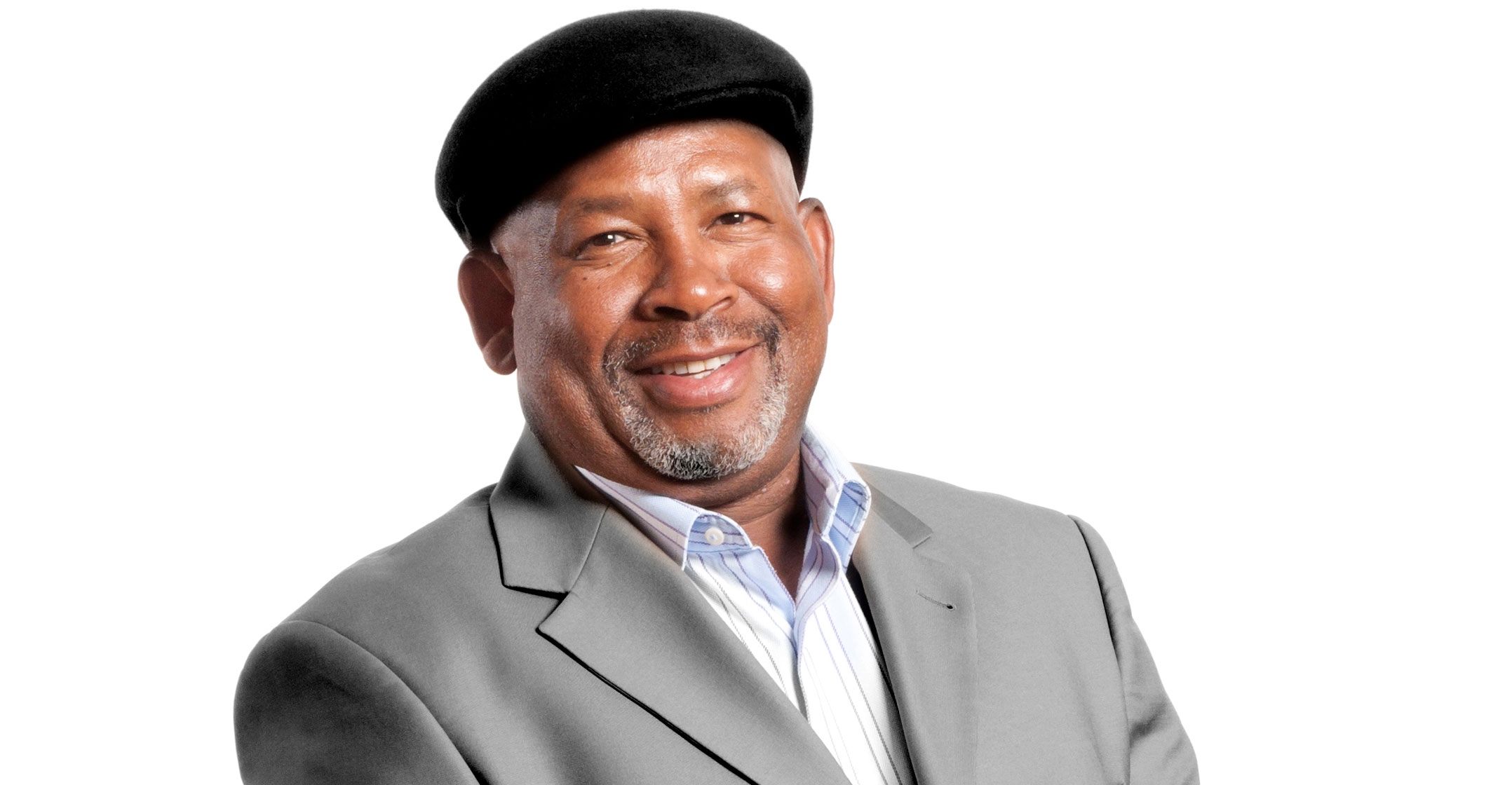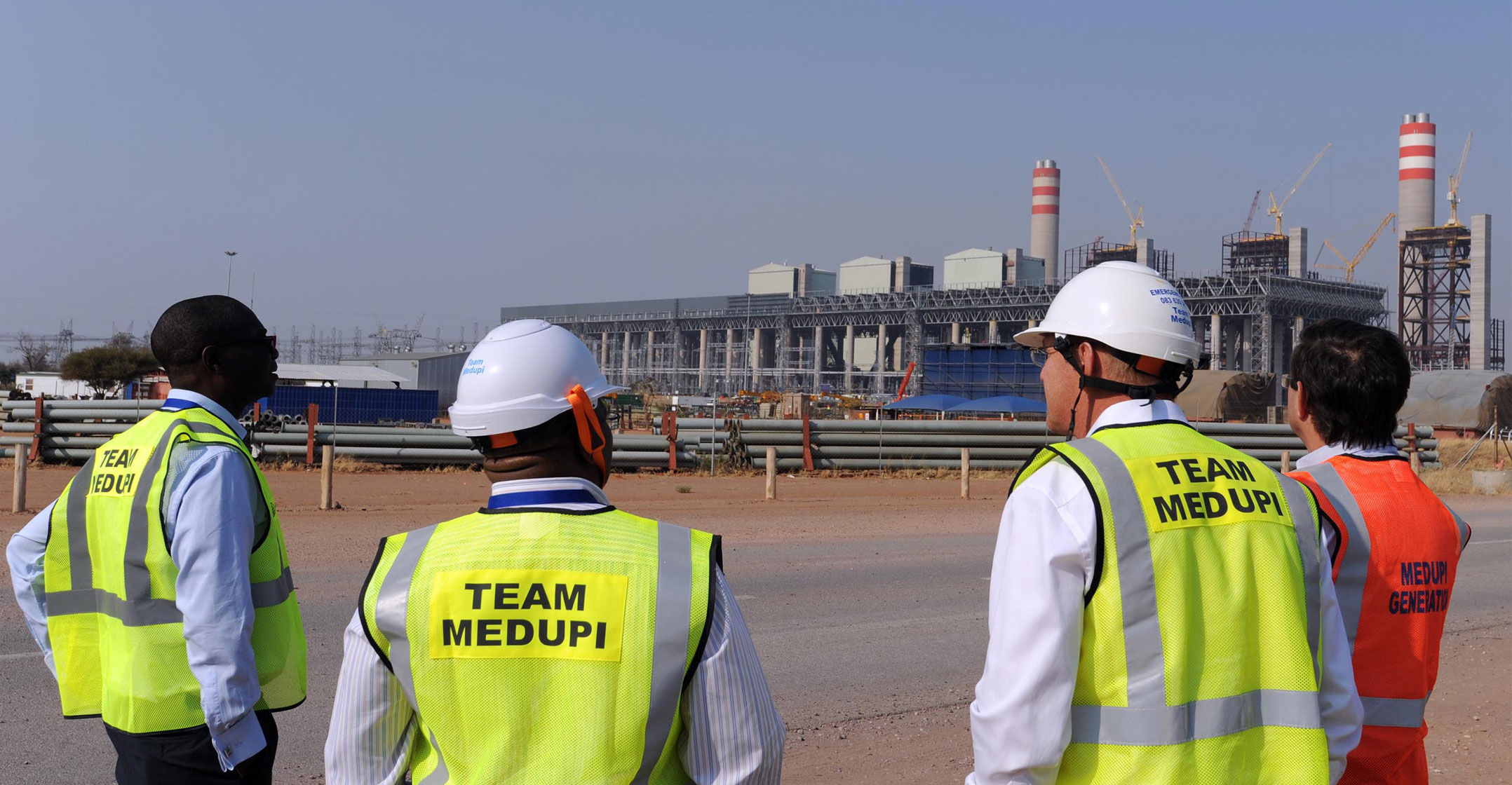 Eskom is buckling under its debt burden of R419-billion and seems to be angling for another government bailout.
Eskom is buckling under its debt burden of R419-billion and seems to be angling for another government bailout.
This became clear at the presentation of its interim results for the six months ended 30 September at its Megawatt Park headquarters in Sandton on Wednesday.
The debt could increase to R600-billion in the next three years. Eskom has already used R337-billion of its R350-billion government guarantee and might ask for further guarantees.
The utility reported an 89% drop in net profit — from R6.3-billion at the end of September 2017 to R671-million just one year later. Newly appointed Eskom chief financial officer Calib Cassim told reporters that the full-year loss could be as much as R15-billion, up from the R11.2-billion budgeted for at the beginning of the financial year.
These results come against the backdrop of deteriorating operational performance. Eskom chief operating officer Jan Oberholzer said at the event “load shedding is a reality going forward”.
In the reporting period, Eskom generated R26.6-billion from operating activities, which is R18.5-billion short of the R45.2 billion it needed to service its debt. This after its debt servicing costs almost doubled from R23.2-billion at end of September last year.
Arrears debts
Staff costs and primary energy costs each rose by 12% while arrears debts from municipalities have increased by 25% to R17-billion.
Sales volumes dropped by 0.8%, which caused revenue to increase by only 2.7% despite a 5% tariff increase.
Eskom chairman Jabu Mabuza made it clear that “Eskom is not sustainable as conceived and seen today”.
He said Eskom is locked into a permanent loss situation and revenue is structurally limited. Expenses have ballooned due to inefficiencies, and electricity tariffs are not cost-reflective.

The problem is that customers cannot afford cost-reflective tariffs, he said.
He added that without significant changes, funding costs will increase further and the utility might not be able to continue as a going concern.
Eskom is not selling enough electricity and isn’t collecting the revenue for the electricity it did manage to sell, Mabuza said. It is spending increasingly more just to make the payments on the money it has borrowed.
The board has prepared an “ambitious” turnaround plan and is currently engaging government on it. It has met with public enterprises minister Pravin Gordhan and has briefed President Cyril Ramaphosa. It is still to meet with the ministers of energy and finance and will also engage with the labour unions, Mabuza said.
He emphasised that Eskom’s problems cannot be solved by the company alone, saying that the utility will have to “work with the government to reduce Eskom’s debt and debt service cost”.
“It will take pain,” he said. “The question is what kind of pain.”
Biggest creditor
Asked whether the conversion of debt to equity is an option, Mabuza said the Eskom board initially thought that might work, but realised that its biggest creditor — the Public Investment Corporation (PIC) — will need a return on equity for government pensioners.
“It cannot invest in a loss-making entity,” he said; if the PIC won’t invest, why would other funders?
“There are other ways, like a bailout or equity injection,” he added.
Mabuza further stated that there is “little that can be sold” in terms of assets and that all power stations other than Medupi and Kusile operate at an average Ebitda (earnings before interest, tax, depreciation and amortisation) margin of 21%, which would not be attractive to investors.

Medupi and Kusile operate at an Ebitda of about 60% and are sellable, but Eskom needs them to produce electricity. In addition, Eskom is paying more than double the amount it should be for the construction of these two power stations, so this idea is a “non-starter”, said Mabuza.
The sale of Eskom Finance Company has been on the cards for a long time, but that won’t make a material difference to Eskom’s position, he said.
Eskom’s problem is the size of its debt and its serviceability, said Mabuza, adding that “if we can get some relief on the load” the serviceability would become less of a problem.
He emphasised that “someone” has to pay the debt: “Either the consumer or the taxpayer has to pay. And it might be the same person!”
Asked the minimum amount by which Eskom’s debt burden needs to be reduced, Eskom CEO Phakamani Hadebe said it will depend on the tariff determination currently before energy regulator Nersa. Eskom has asked for a 15% tariff increase every year for the next three years.
Nersa will hold public hearings about the application in January and announce its decision on 1 March next year.
- This article was originally published on Moneyweb and is used here with permission




